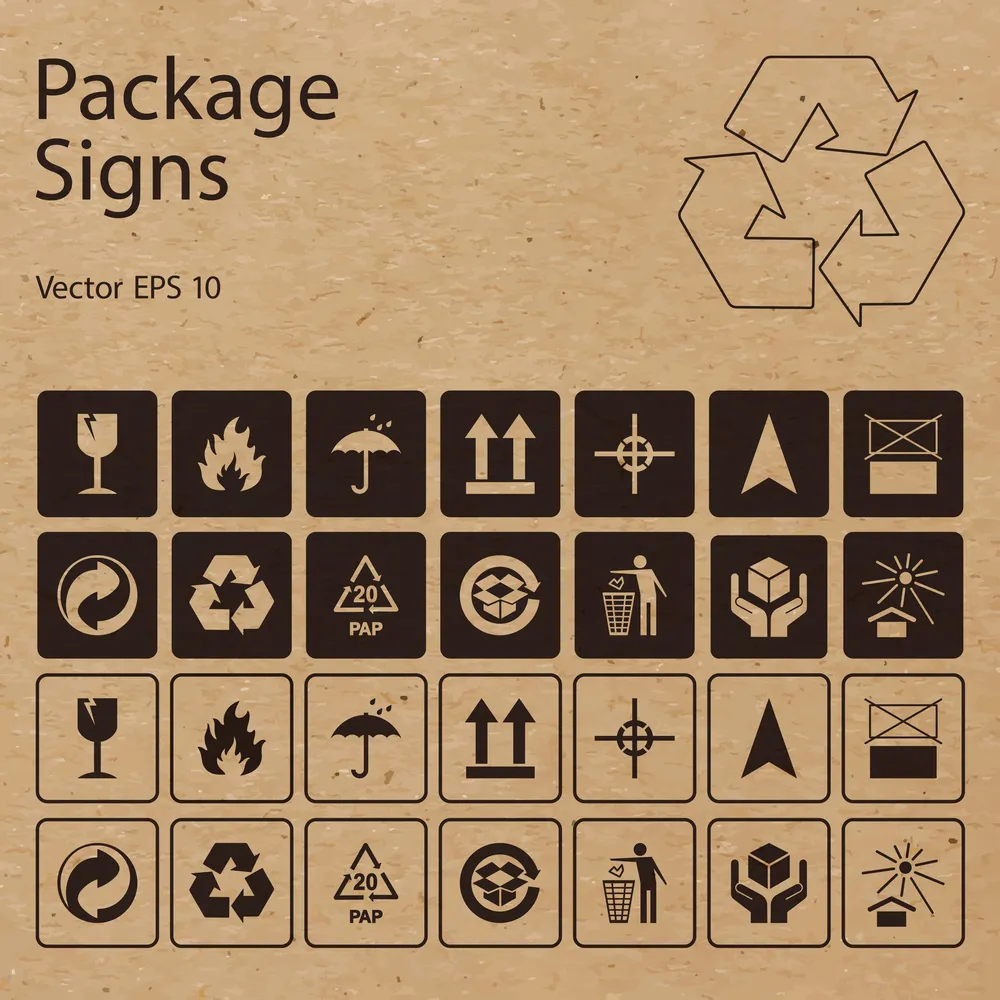If the two terms are the same to you, you are in for a surprise! Packaging and labeling are two different types of process, and they both have different functions. For examples, that cookie box in your cupboard is packaged, and the cookies are fresh inside, the packaging is keeping the cookies from being contaminated and looking their freshness for a good 4 to 5 days or maybe more! The packaging has the brand name, a tag line, some design which might also be one of the things that attracted you when you bought it.
Similarly, there is a design all around the custom packaging, that is indeed packaging, but where is labeling in all of this? Labeling is the part where the legal requirements are covered; every food item needs to mention a set of ingredients that the item contains, the weight of the product, time of expiry, date of production, etc. These legal requirements come under the part of the process that is called labeling.

Now that we have the fundamental difference part cleared, we can move on to the functions, design, and legal requirements of the two (packaging and labeling).
Functions
The primary function of the packaging is to wrap around the product whether it is in a box or a wrapper, the box of the item whether it is food or anything at all puts the product in one place, makes it look appealing and exciting and its job is to keep it away from contamination and keep it new in very basic sense until the consumer himself opens the box or the packaging. Functions of the labeling, however, are entirely different from that of the packaging, labeling is on the right side and fulfills legal requirements. The legal requirements differ from one geographical location to another and don’t have much to do with the design of the packaging. Legal requirements are telling the consumer more about the product such as its weight, time and date of manufacturing, the date of expiry wherever applied, size if relevant, and so on. If it is food, then in most places the manufacturer has to mention ingredients that may cause allergic reactions, nutritional value, etc.

Design
Design of the packaging depends on the merchandise, it can be from simple to fancy and flashy depending on who you are targeting, and for this very job, there are designers out there. The design usually has to come from the packaging designer and doesn’t have much to do with requirements as there are none. Design for the labeling is near to nothing. It is more straightforward, easy to reach, and lots of text because of the nature of the requirements they have with the labeling. Even in the simple design and pattern on the label, there are always a set of requirements too, like there need to be specific columns, sides, area covered and a structure that is easy to read, ingredients go in the left, other details go in the right, etc. Hence, packaging gets more margin for design, and it gets more space, you can play around with what visually appeals and go for it, keep the age, occupation, likes and dislikes of the consumer in mind, be aware of what competitors are doing and know your USP and you are good to go!

Legal Requirements
Since not just the labeling but packaging too has come requirements legally, this requirement varies place to place, and wherein some countries you can use a specific language on the packaging, in other countries you can’t choose some materials for packaging, and it goes on from place to place. Every state has defined legal requirements for both packaging and labeling. Labeling has most requirements out of the two, and it is made as a result of legal requirements. These requirements for labeling are, though far more strict and have a very inflexible format. In countries like the USA, you must mention a few nutritional values on the labeling and cant skin out on them such as if it is the food you must say fat, carbohydrates, calories, etc. For clothes, washing and care instructions, thread count, etc. are the kind of things you see on their label.